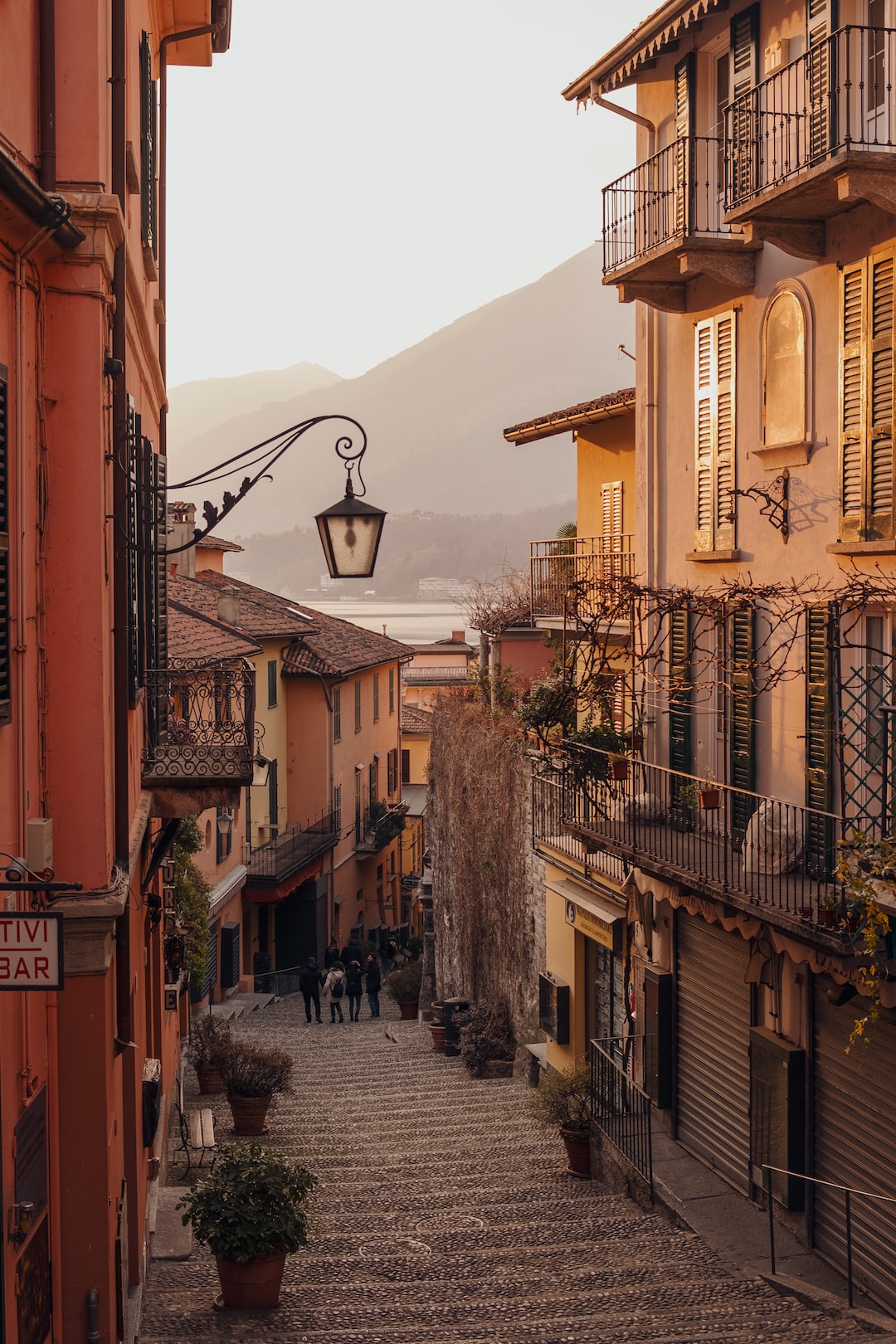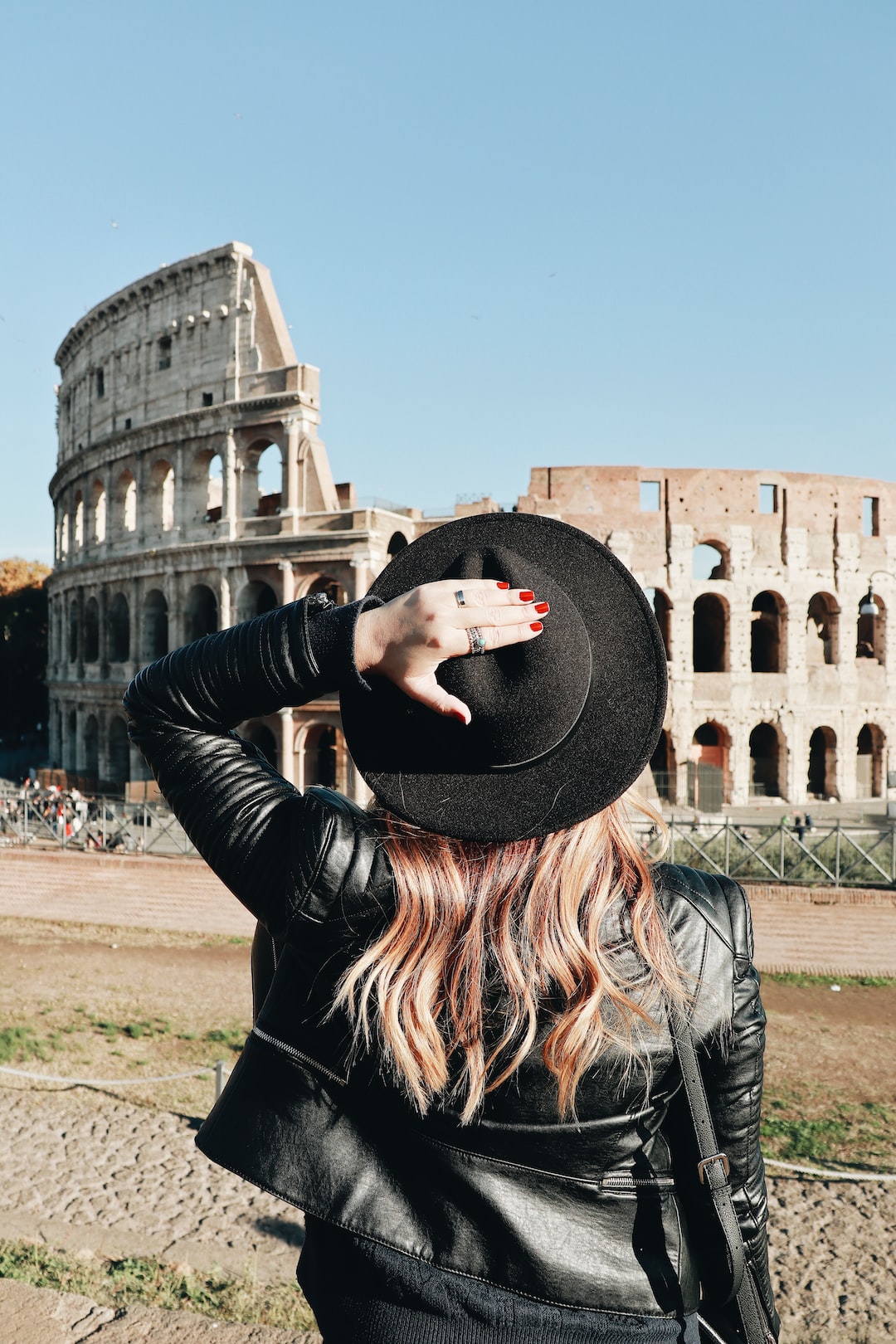When it comes to the Heide Museum, one name stands out – Dr. Natasha Cica. Since February 2020, Dr. Cica has held the position of Director at one of Australia’s most renowned contemporary art museums.
The Background of Dr. Natasha Cica
Dr. Natasha Cica is a highly experienced and accomplished leader in the arts and cultural sector. She has a diverse career that spans over three decades and includes roles in academia, publishing, and the nonprofit sector.
Before joining the Heide Museum, Dr. Cica served as the founding CEO of Brisbane’s contemporary art space, the Institute of Modern Art (IMA). Under her leadership, the IMA’s profile and reputation grew significantly, solidifying its position as a leading institution in contemporary art in Australia.
Prior to her time at the IMA, Dr. Cica worked as the Director of the Kapar Art Centre in Queensland, where she curated and managed various exhibitions and contemporary art programs.
A Visionary Leader
Dr. Cica’s appointment as the director of the Heide Museum signals an exciting new chapter for the institution. Her background and expertise make her the ideal candidate to lead the museum into the future.
As a visionary leader, Dr. Cica is committed to promoting and supporting contemporary art in Australia. She is known for her ability to engage diverse audiences and foster collaboration between artists, curators, and communities.
Dr. Cica’s Impact at the Heide Museum
Since assuming the role of director at the Heide Museum, Dr. Cica has wasted no time in implementing her vision. She has spearheaded several initiatives aimed at expanding the museum’s reach, increasing accessibility, and promoting inclusivity.
Dr. Cica has overseen the development of innovative educational programs that cater to people of all ages and backgrounds. These programs aim to make art more approachable and help visitors develop a deeper appreciation for contemporary art.
Furthermore, she has curated numerous exhibitions that have garnered critical acclaim and attracted a wide range of visitors. Through thought-provoking exhibitions, Dr. Cica aims to challenge traditional notions of art and stimulate dialogue around contemporary issues.

The Future of the Heide Museum
Under Dr. Cica’s leadership, the Heide Museum is poised to continue its legacy as a leading institution for contemporary art in Australia. Her innovative and inclusive approach ensures that the museum remains vibrant and relevant in an ever-changing world.
With Dr. Natasha Cica at the helm, the Heide Museum is set to push boundaries, inspire creativity, and engage audiences like never before.
Dr. Natasha Cica’s directorship at the Heide Museum brings a fresh perspective and a wealth of experience to the institution. Her leadership is characterized by innovation, inclusivity, and a commitment to fostering appreciation for contemporary art. As the Director of the Heide Museum, Dr. Cica is driving the institution to new heights and positioning it as a renowned center for contemporary art in Australia.


